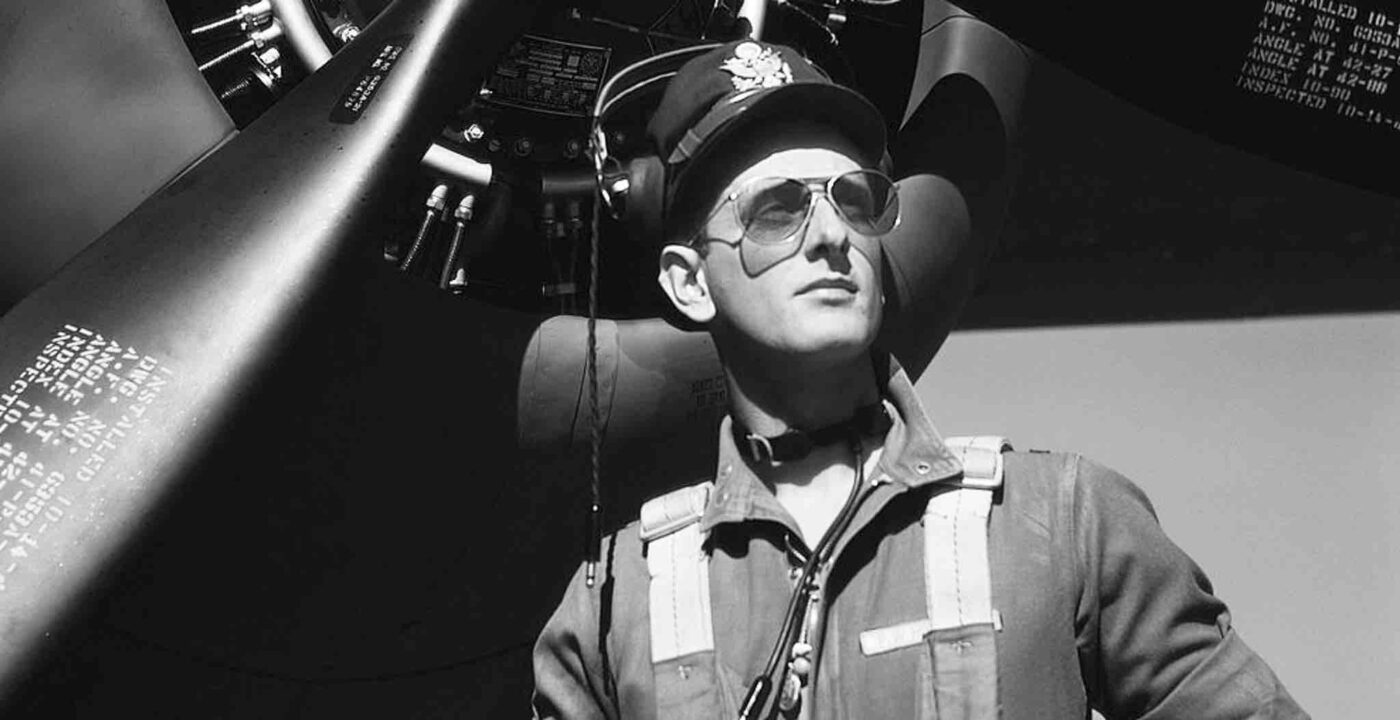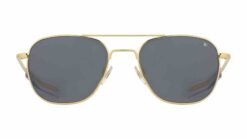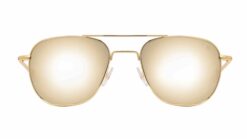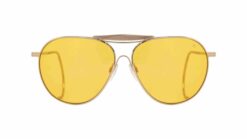American Optical, History
The Birth of Aviator Sunglasses.

As early as 1907, American Optical began producing eyewear designed for new modes of transportation — the very first driving glasses. With the arrival of the first automobiles, drivers needed protection not only from sun glare but also from flying debris. These glasses were the forerunners of the aviator style.
Later on, eye protection became essential for aviators. AO began developing flight goggles based on the previously designed driving glasses. Aviation legend Jimmy Doolittle wore these glasses during his record-setting transcontinental flight in 1930.
Photo : Jimmy Doolittle


Shortly after, in 1935, the U.S. Army Air Corps entrusted American Optical with the design and production of a pair of sunglasses specifically made for aviators. The classic aviator shape was born with the D1 model, featuring the iconic USAC marking.
American Optical went on to supply over 5 million pairs of the G2 sunglasses — the successor to the D1 — during World War II.
Photo : US Army Corps D1
The aviator style evolved in 1958 with the introduction of the Original Pilot, featuring straight “bayonet” temples designed to let pilots put on and remove their sunglasses without taking off their helmets.
To this day, the aviator models by American Optical — such as the Original Pilot, Hazemaster, and others — continue to win over pilots and non-pilots alike, thanks to their comfort and technical precision.
Aviator sunglasses: a timeless, iconic classic!
Photo : General Mark W. Clark portant les G2 – 1944
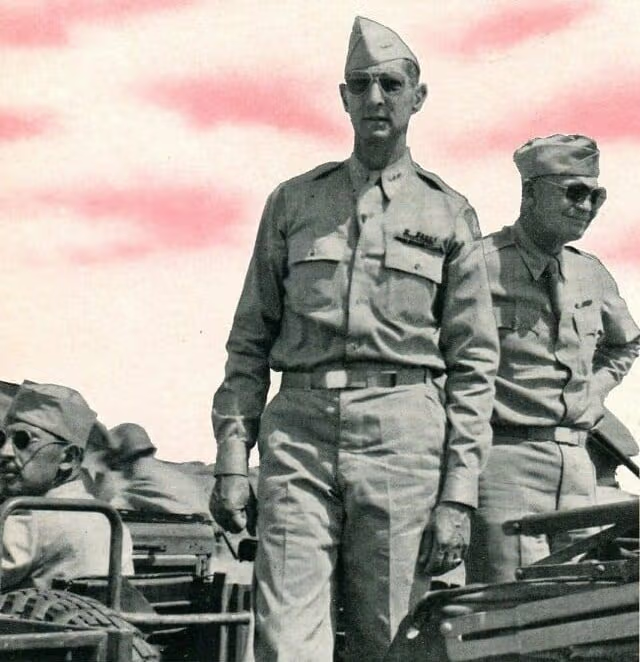

 Français
Français Deutsch
Deutsch Español
Español Italiano
Italiano
